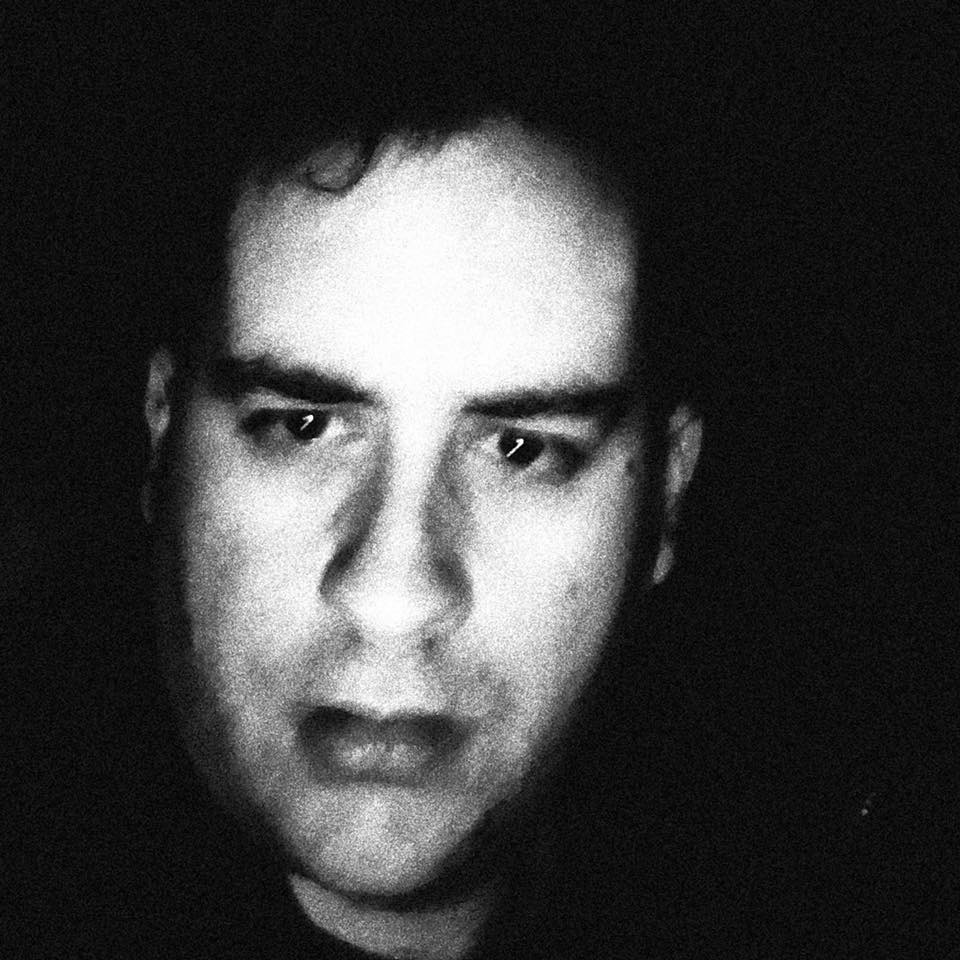The NHL today feels like the sports equivalent of a gated suburban cul-de-sac.'n'nSafe.
-
The NHL today feels like the sports equivalent of a gated suburban cul-de-sac.
Safe. Predictable. Leaf blowers everywhere. Nothing grows because nothing’s allowed to change.
So my pitch is simple: split the league into a Canadian domestic league and an American domestic league, then build a proper pyramid underneath using the AHL, ECHL, CHL, and every other league that already draws real crowds but gets treated like storage.
Each country crowns its own champion. Those champions meet for the Stanley Cup. Suddenly the Cup goes back to being a challenge trophy instead of the final boss of a corporate playoff bracket.
This model expands hockey’s audience because it finally invites in every market that isn’t prepared to write a billion-dollar expansion cheque. You no longer need oligarch money to get to the top. You just need to win hockey games.
Promotion and relegation also fix the NHL’s biggest structural problem: nobody cares about the regular season. A pyramid changes that. Every game matters because someone’s chasing a title, someone’s chasing promotion, and someone is desperately trying to avoid getting punted downward like a misbehaving Roomba.
That creates stakes. Stakes create ratings. Ratings create money.
And yes, relegation sounds terrifying to current owners. They treat volatility like it’s radioactive waste.
But the system can protect them. You build parachute payments, guaranteed revenue floors, phased-in relegation, and equity stakes in the new cross-border media entity. That way no one’s valuation gets nuked if they finish last once. You give them upside in the bigger ecosystem while capping the downside.
Owners can also hedge by owning stakes in feeder clubs. That turns volatility into optionality. If your top team stumbles, your feeder club might rise. Either way, you keep value inside your portfolio instead of watching it evaporate.
Meanwhile the AHL, ECHL, and CHL stop being afterthoughts. They become real economic engines inside the national ladder. These are leagues that already draw thousands per night. A pyramid just connects them to something bigger than “player development.”
And the Stanley Cup finally becomes what it always should have been: the North American Championship. Canada versus the US. Two systems. Two cultures. One trophy, every year—no excuses.
You end up with a sport that has more markets, more stories, more drama, more revenue, and more cultural oxygen. Fans win. Broadcasters win. Cities win.
And NHL owners don’t just stay protected. They actually gain more long-term upside than the closed model will ever give them.
That’s the business case. This could be the sport’s oxygen. The sport stops shrinking itself to protect valuations and starts growing the valuations by expanding the sport.
-
The NHL today feels like the sports equivalent of a gated suburban cul-de-sac.
Safe. Predictable. Leaf blowers everywhere. Nothing grows because nothing’s allowed to change.
So my pitch is simple: split the league into a Canadian domestic league and an American domestic league, then build a proper pyramid underneath using the AHL, ECHL, CHL, and every other league that already draws real crowds but gets treated like storage.
Each country crowns its own champion. Those champions meet for the Stanley Cup. Suddenly the Cup goes back to being a challenge trophy instead of the final boss of a corporate playoff bracket.
This model expands hockey’s audience because it finally invites in every market that isn’t prepared to write a billion-dollar expansion cheque. You no longer need oligarch money to get to the top. You just need to win hockey games.
Promotion and relegation also fix the NHL’s biggest structural problem: nobody cares about the regular season. A pyramid changes that. Every game matters because someone’s chasing a title, someone’s chasing promotion, and someone is desperately trying to avoid getting punted downward like a misbehaving Roomba.
That creates stakes. Stakes create ratings. Ratings create money.
And yes, relegation sounds terrifying to current owners. They treat volatility like it’s radioactive waste.
But the system can protect them. You build parachute payments, guaranteed revenue floors, phased-in relegation, and equity stakes in the new cross-border media entity. That way no one’s valuation gets nuked if they finish last once. You give them upside in the bigger ecosystem while capping the downside.
Owners can also hedge by owning stakes in feeder clubs. That turns volatility into optionality. If your top team stumbles, your feeder club might rise. Either way, you keep value inside your portfolio instead of watching it evaporate.
Meanwhile the AHL, ECHL, and CHL stop being afterthoughts. They become real economic engines inside the national ladder. These are leagues that already draw thousands per night. A pyramid just connects them to something bigger than “player development.”
And the Stanley Cup finally becomes what it always should have been: the North American Championship. Canada versus the US. Two systems. Two cultures. One trophy, every year—no excuses.
You end up with a sport that has more markets, more stories, more drama, more revenue, and more cultural oxygen. Fans win. Broadcasters win. Cities win.
And NHL owners don’t just stay protected. They actually gain more long-term upside than the closed model will ever give them.
That’s the business case. This could be the sport’s oxygen. The sport stops shrinking itself to protect valuations and starts growing the valuations by expanding the sport.
@atomicpoet
Growing up with European soccer, all the sports leagues without relegation just feel fundamentally broken.
Like, where's the sense of existential dread? -
 A Chris Trottier shared this topic
A Chris Trottier shared this topic
